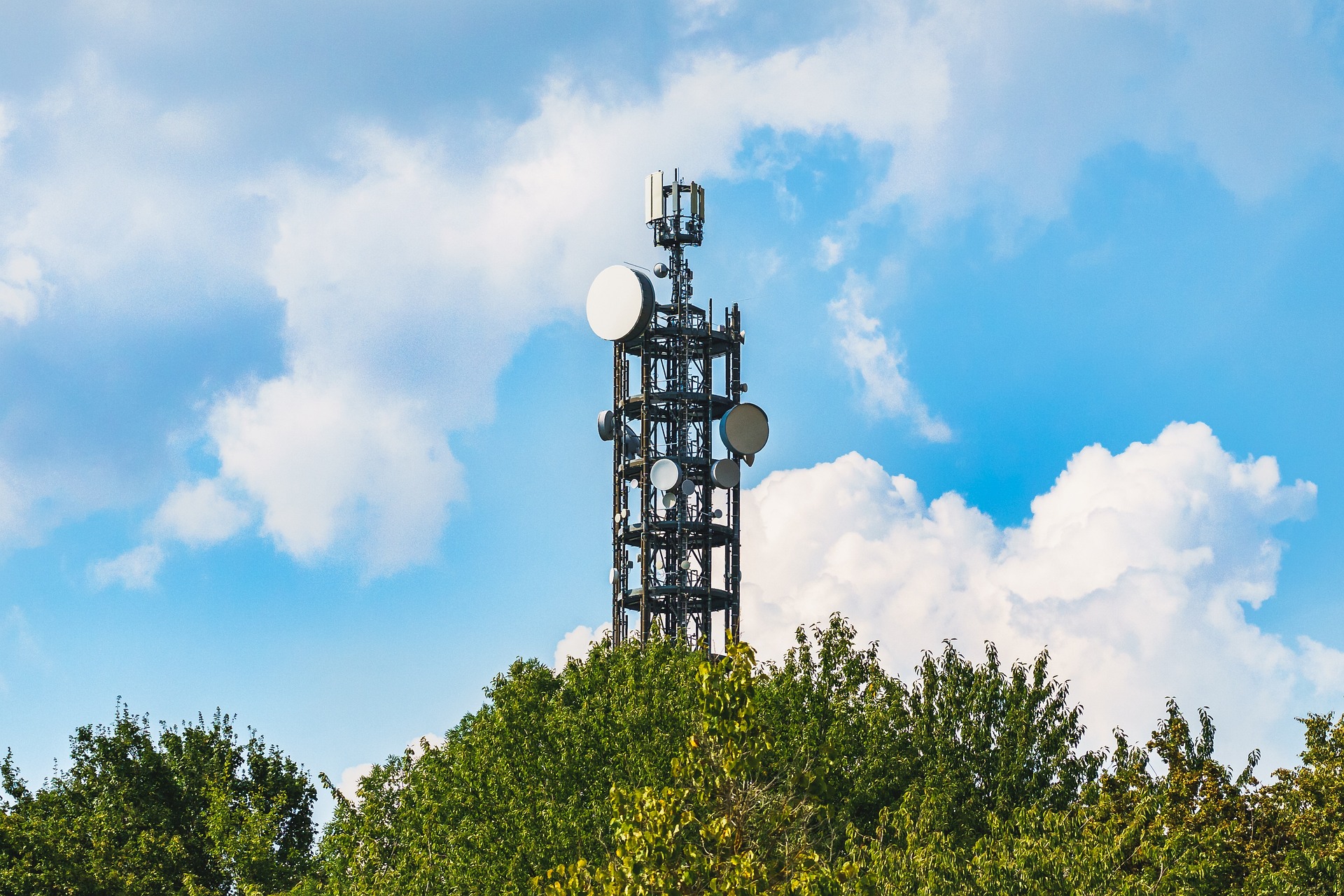Unraveling the Mysteries of Fixed Wireless Access: A Game Changer in Internet Connectivity
The quest for faster, more reliable internet connectivity has spurred a variety of innovative solutions in recent years. One such solution that is gathering momentum yet still holding an air of intrigue is Fixed Wireless Access (FWA). This article will delve into the evolution of FWA, the current trends shaping its application, and its potential impact on internet connectivity.

A Glimpse into the Past: The Evolution of Fixed Wireless Access
FWA was born out of the necessity to provide internet connectivity to areas where traditional wired connections were impractical or too costly. Rather than relying on cables, FWA uses radio signals to transmit data between two fixed points – typically a base station and a customer’s premises. Its roots can be traced back to the 1990s, when it was seen as a viable solution for providing last-mile connectivity in remote and rural areas.
Over the years, advances in radio technology and the allocation of more spectrum for wireless services have allowed FWA to evolve beyond its initial role. Today, it is seen as a robust alternative to wired connections even in urban and suburban settings, offering potential benefits such as lower deployment costs and faster implementation times.
The Winds of Change: Current Trends in Fixed Wireless Access
The FWA market is currently experiencing significant growth, driven by several key trends. Firstly, there’s the ongoing migration from legacy systems to more efficient and scalable IP-based networks. This is enabling service providers to offer higher-speed services and expand their coverage.
Secondly, the demand for high-speed broadband connectivity is soaring, not just from consumers streaming high-definition video or gaming online, but also from businesses relying on cloud-based services. FWA is well-positioned to meet this demand due to its ability to quickly and efficiently deliver high-capacity connections.
Finally, there’s the advent of the new generation of wireless technologies. Although 5G is currently off the table for discussion, it’s important to note that advances in wireless technology in general are playing a significant role in shaping the future of FWA.
The Ripple Effect: Impact, Challenges, and Applications of Fixed Wireless Access
FWA has the potential to significantly disrupt the broadband market, providing a viable alternative to traditional wired connections. For consumers, this could mean more choice, potentially lower prices, and faster service installation. For businesses, it could mean easier access to high-speed connectivity, especially in areas not served by fiber.
However, FWA also faces several challenges. For one, signal strength can be affected by physical obstructions and weather conditions. Additionally, while FWA can be quicker and cheaper to deploy than wired connections, the cost of radio equipment and spectrum licenses can be significant.
Despite these challenges, FWA is being increasingly used in a variety of applications. These range from providing broadband connectivity in rural and remote areas, where laying cables is impractical or too expensive, to supporting temporary events or disaster recovery efforts, where quick deployment is critical.
The Final Verdict: The Future of Fixed Wireless Access
The future of FWA looks promising. As technology continues to evolve and demand for high-speed connectivity grows, it is likely that FWA will play an increasingly important role in the broadband landscape. However, careful management of the associated challenges will be crucial to its long-term success.
In conclusion, FWA represents a fascinating chapter in the ongoing saga of internet connectivity. It’s a testament to the ceaseless innovation in the telecom industry, and a potent reminder of the importance of staying informed as we navigate this fast-paced digital world.




